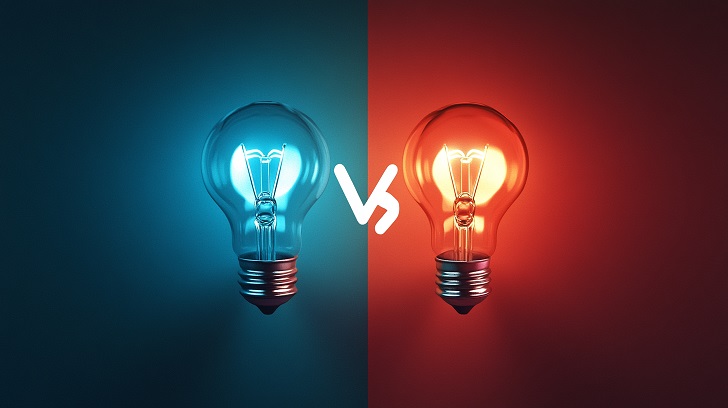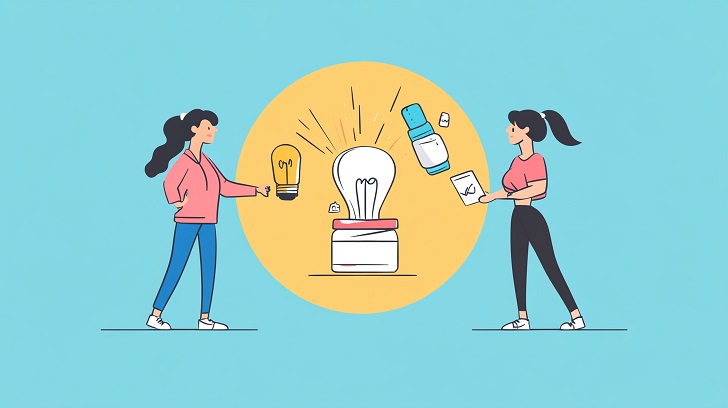Are you ready to transform your visionary idea into a game-changing product? Embarking on the journey of startup development can be thrilling but daunting. However, the key to a lean startup approach lies in MVP development. Creating a Minimum Viable Product (MVP) helps you test the waters without sinking your budget. To make this journey smoother, knowing the top frameworks for MVP development is paramount. But fret not! Today, we’re diving deep into the best frameworks that can turn your startup dreams into reality.
1. Lean Startup Methodology — Building Smarter, Not Harder
The Lean Startup approach is less a technical framework and more a philosophy. It emphasizes customer feedback over intuition and flexible product development over traditional planning. Pioneered by Eric Ries, this methodology has become the backbone of many successful startups. It’s all about iterative design — build, measure, learn, and then build again. According to a report by CB Insights, 42% of startups fail due to the lack of market demand, which underscores the Lean Startup’s emphasis on understanding your audience’s needs early on.
2. Scrum — Agility is Your New Best Friend
Scrum is the go-to framework for teams that value flexibility and rapid adjustments. A staple in the agile development toolbox, Scrum enables startups to break down complex projects into manageable sprints. It’s ideal for MVP development, as it allows for rapid iteration and adaptability to user feedback. A study found in the 11th State of Agile Report indicates that 58% of companies that adopted an agile framework such as Scrum have increased their ability to manage changing priorities.
3. Design Sprint — Fast-Track Your Way to Product Validation
Google Ventures developed the Design Sprint framework to help startups solve critical business questions through design, prototyping, and testing with customers. Over just five days, teams can create a prototype and gain valuable insights into their potential user base. It’s a time-boxed and focused effort that aligns your team and leads to clear outcomes. Design Sprints embody the direct-to-consumer philosophy and validate your idea before you hit the development road.
4. Build-Measure-Learn — The Iterative Triad
Adopting the Build-Measure-Learn feedback loop is quintessential for MVP development. This straightforward framework is all about building a minimum set of features, measuring customers’ reactions and behaviors, and learning whether to pivot or persevere. Each loop is a step forward in refining your product. With this approach, you continually improve your MVP based on actual user data, ensuring your product’s features aren’t just cool, but they’re also what your customers genuinely want.
5. Kanban — Visualize Your Path to Success
Another gem from the agile methodology, Kanban is a highly visual system that helps startups manage the creative process with an emphasis on continuous delivery. With its focus on work in progress (WIP) limits, Kanban ensures that your team is never overwhelmed and can focus on delivering incremental value to your MVP. A report from the Project Management Institute revealed that organizations using agile frameworks like Kanban saw a 60% improvement in project outcomes.
6. Hackathons — Collaborative Innovation at its Best
A less conventional but increasingly popular framework, the hackathon model involves intense, brief periods of collaboration to solve problems and create new features. While traditionally associated with developers, hackathons are now venues for cross-functional teams to innovate. Tech giants like Facebook and Google have found success with internal hackathons that have led to new features and product innovations that tie seamlessly into their existing MVPs.
7. Customer Development — Know Thy User
Customer Development is a four-step framework that complements the Lean Startup by focusing on understanding the customer segments and building strong customer relationships. It involves customer discovery, validation, creation, and company building. This approach helps startups avoid building products that no one wants. As per a study, understanding and acting on customer feedback can increase customer retention rates by 5%, which can lead to a profit increase of 25% to 95%.
8. Feature Buckets — Prioritize Like a Pro
In Feature Buckets, you categorize features into “must have,” “nice to have,” and “doesn’t matter” segments. It’s a clear-cut way to prioritize MVP features based on user needs, business goals, and available resources. This prioritization ensures that your MVP is lean and delivers the core value proposition to your target audience. Successful startups often channel their limited resources into developing features that fall into the “must-have” category.
9. Prototyping — A Picture Speaks a Thousand Words
Prototyping tools facilitate the creation of high-fidelity models of your product before diving into full-scale development. This visual framework helps in refining user experience, and it’s also excellent for communicating your vision to potential investors. A prototype is worth a thousand pitches — it brings your idea to life and can immediately showcase the potential impact of your product.
10. Story Mapping — Crafting User-Centric Products
Finally, Story Mapping is an approach that focuses on user experience, organizing the development around the user journey rather than just features. This narrative-style framework helps teams create a product that tells a story, one that your users can relate to and rely on. By mapping out the user’s experience, you lay out a clear path to creating an MVP that truly matters to your target customers.
In summary, choosing the right framework for your MVP development is like finding the right partner for a dance — it has to be in sync with your startup’s rhythm and goals. Many of these frameworks emphasize flexibility, customer feedback, and iterative improvement, which are vital components of any successful MVP. Remember, the ultimate goal is to bring your product to market efficiently, acquire real-world feedback, and make data-driven decisions on where to head next.




